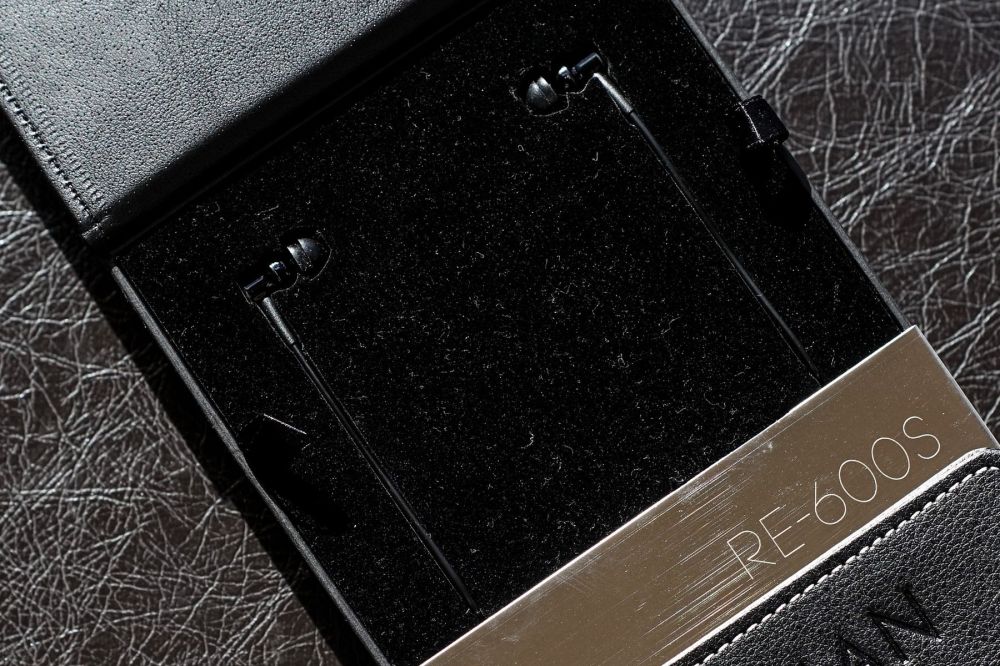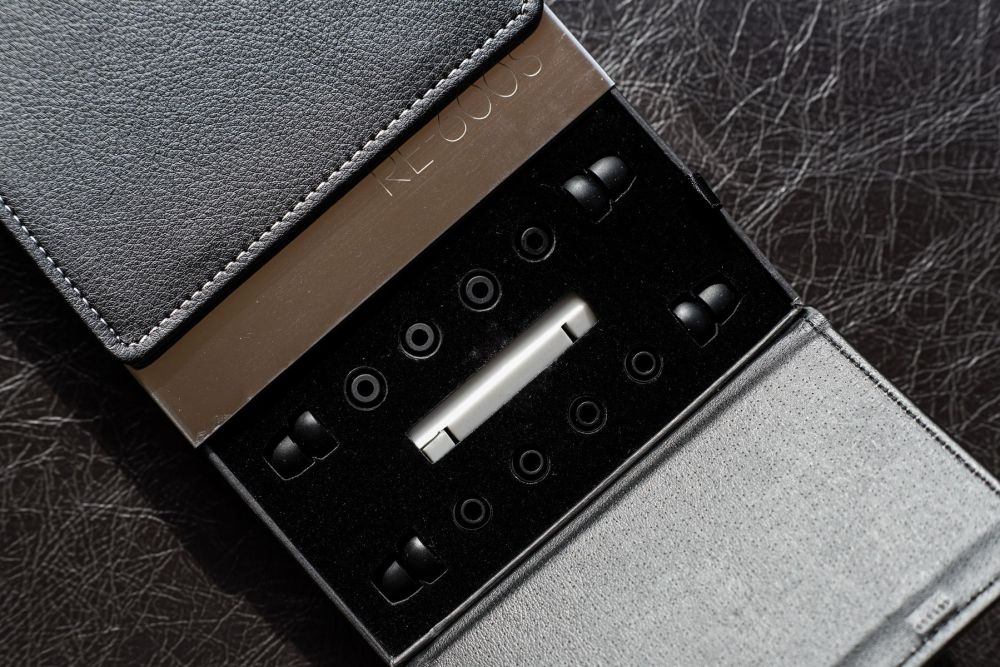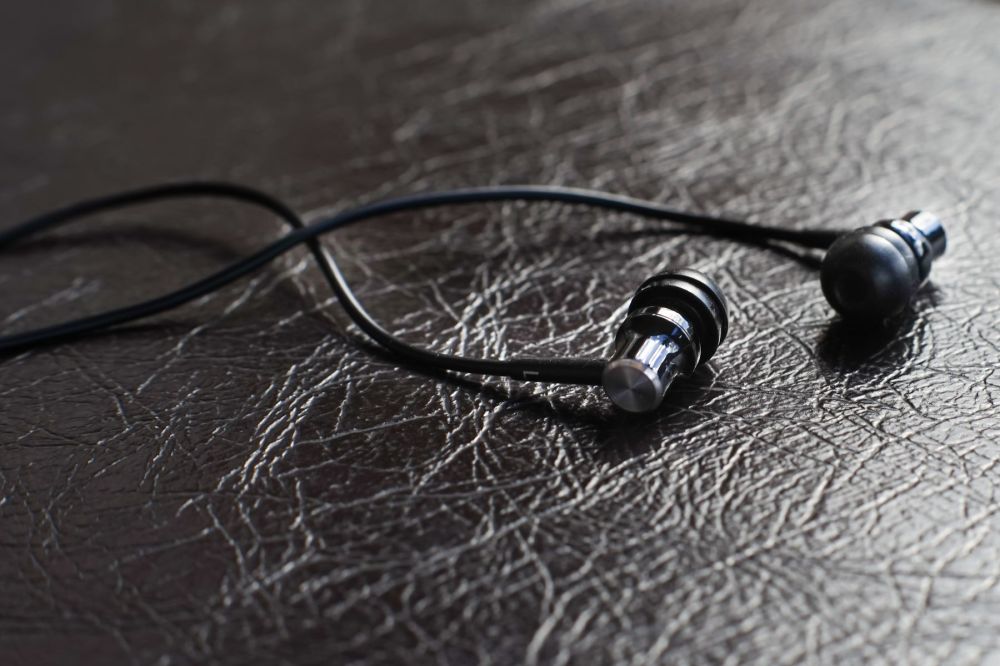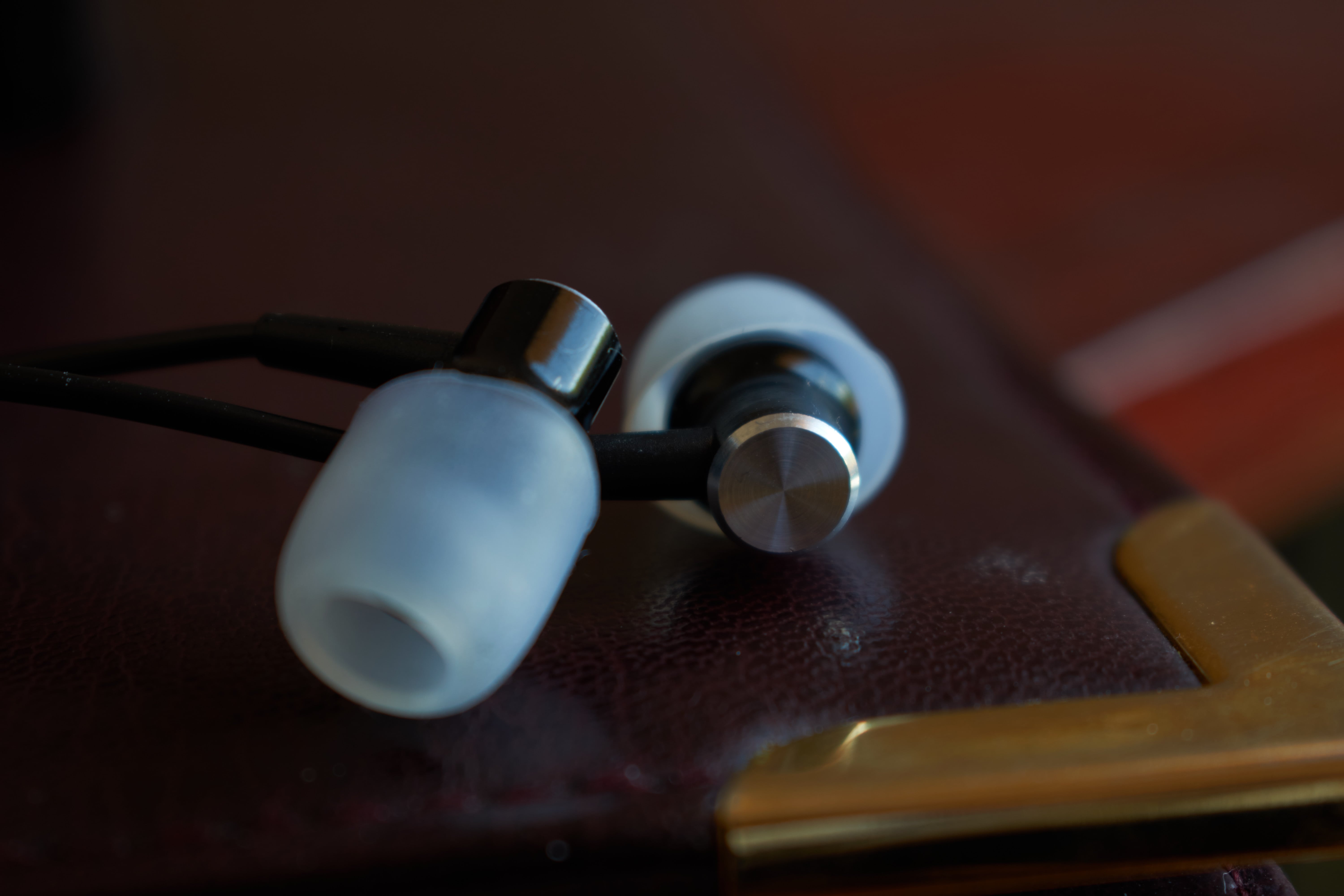
Re-600s is an updated version of the older RE-600 which released back in 2013. Re-600s released in 2014, and then in 2017 Hifiman released Re-600s V2 in 2017. If you are following me, I will be reviewing the RE-600s V2, which is an earphone from Hifiman’s “Premium” line of products. It retails originally retailed for $200, and as of today (June 7th) you can get it on Hifiman's official store for $74.90.
You may be wondering how the three releases differ from each other, and it’s not that complicated. The original RE-600 (2013) featured a balanced, TRRS jack and the old cable. RE-600s (2014) came with a single ended, 3.5 mm jack, the same goes with the RE-600s V2 (2017) except it came with an upgraded cable.
Let me put it formally like this:
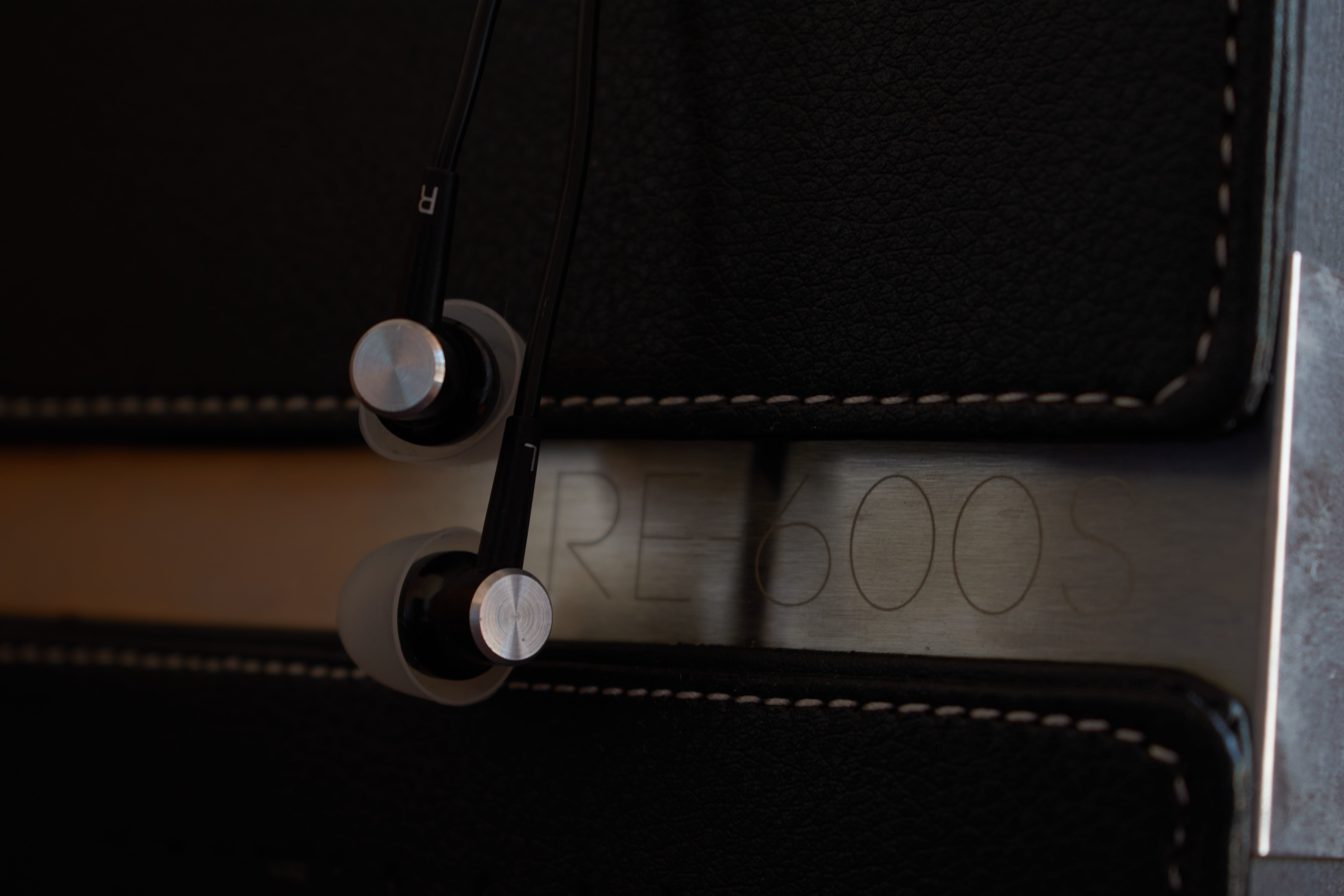
I was sent RE-600s V2 as a sample from Mark on behalf of HifiMan. I was required to write an honest review and not overstate the advantages. Everything said in this review is my opinion and how I feel about the RE-600s V2, I had no external/outside influence on my opinion.
What’s in the box:
One of the first thing you are going to notice, and one thing which caught my attention: the box and the unboxing experience itself. It is clear that Hifiman put extra thought and attention to both the packaging and the unboxing experience. The unboxing experience is one remarkable thing which you will not forget about the RE-600s V2, it’s something which is special to them.
There are two sections of the unboxing: the main box and a carrying case. In the main box, which is rather premium, you get your RE-600s V2 earphones, and the ear tips. In the round carrying case, you will find even more ear tips and extra filters. The main box is made of faux leather, it has a metal stripe in the middle. This stripe acts as a magnet which holds down two flaps of the two compartments. You will also find that the model name is etched onto this metal stripe, and “HiFiman” is indented on the bottom flap.
The overall unboxing experience is very premium, meeting the standards of it’s premium price tag. I can definitely say that the unboxing experience would contribute as a great gift to somebody. Presentation 10/10, good job HifiMan!


Accessories -
When Hifiman released the RE-600s with it’s premium price tag, they ensured the customer one thing, and that is the ear tips. There are enough ear tips so everybody can find their preferred one. The ear tips of my choice were the white, oblong ones. The seal and fit is perfect with them for me. You have 11 pairs of ear tips in total to choose which one fits your needs:
A round carrying case is also included, it is of both function and use. It’s a nice and firm case which will keep your earphones safe when traveling and you will find no struggle to fit the earphones inside it (you can find images of it online, or at the official store from HifiMan).
Inside of it you will find a set of extra filters, 5 pairs if we were to be exact. This ensures longevity of the earphones, in case you lose or damage them, you can always replace them. This is a nice feature, and it is something expected and appreciated at this price point.

Design & build quality - When they said “less is more” they truly were correct.
The design is very simple and minimalist, which contributes to its great build quality. I would consider the RE-600s to be a micro-earphone purely due to it’s small size. While they are small, they have a 8.5 mm driver which features a titanium diaphragm and neodymium magnet. The earphones themselves are of a metal housing and a braided cable. The cable gives me a throwback to 2000’s when the cables were similar to the one featured on the RE-600s, however that is not to mislead you about what hides below the braided material: an upgraded single crystalline copper. The cable is stiff out of the box, but with use it will become more flexible. The cable is non-removable as with many earphones, I didn’t find any problems with it. The 3.5 mm plug is straight, it features a rubberized housing which I found no issues with when taking my phone out of my pocket.
The earphones themselves have a straight, non-angled nozzle which goes inside of the ear perfectly, the nozzle has a lip which ensures that your ear tips stay in place.
Simple design combined with good build quality.

Comfort -
Due to their size, they have great comfort. They give a good seal and fit, I quite enjoy long listening sessions with the RE-600s. I experienced a nice, deep insertion into my ear, and this resulted in a good seal, a very tight seal. I also found out that the RE-600s is perfect when you are laying on your side or sleeping. They didn’t protrude and it is most likely due to their size which resulted in a pleasant experience. When I move around they stay in my ear and don’t fall out, which just concludes that the comfort of these is well executed and overall near-perfect. The small size and light weight greatly contribute to its comfort. The seal I get with the oblong white ear tips is pretty much top notch, I get a full seal with them. Yet another element which HifiMan nailed here.

Functionality and convenience -
RE-600s are a pair of very functional earphones. They are small and easy to travel with, they are very easy to drive, the accessories are functional and of good quality.
Their sonic and sound qualities also make them very versatile, they are perfect for music and movies due to their soundstage characteristics (I will talk about the soundstage in detail in a separate segment). I can also confirm that you can wear it cable down (like normal earphones) or over-ear (like IEM’s), so it gives you the flexibility and choice tho fit your preference. While the RE-600s is a music focused earphone, it performs in other fields well. I found the open and spacious sound to perform well for, as mentioned above: watching movies, the soundstage of them is something which truly stands out.
Sound: Did somebody say mid-range heaven?

Lows-
The low end is very balanced, it definitely won’t give you a headache. This being said, they don’t rumble, and will definitely not be a choice for bassheads, however this is all expected. You have to keep in mind that in order to get more quanitity and quality bass performance, you need a bigger driver. This is the same with speakers, you will never get near to the bass performance of a bigger speaker with a small speaker and driver, that’s simply not how sound works and travels. In order to get more quantity of bass, you need a bigger driver which will move more air molecules. When you have a smaller driver it needs to move more to produce lower frequencies. The mid-bass is well defined, there isn’t a lot of weight and energy in the low end region, and neither do they deliver a strong punch, but I simply enjoyed their low frequencies response because it is balanced with the other frequency ranges. I myself appreciate a nice sub-bass extension, even though the RE-600s don’t rumble, they definitely delivered the sub-frequencies. When I played Hans Zimmer’s “Why so serious?” I was shocked to hear the sub-frequencies at the mark 3:30. This was a segment where I was pretty surprised and impressed, especially considering their size.
Mids-
This is the field which RE-600s shines in. I found myself heavily enjoying various types of music with them. RE-600s are slightly laid back, however they have a very full body sound. I mainly enjoyed listening to tracks where the vocals are more prominent, mainly because of the weight in the vocals that the RE-600s delivers.
The imaging is also one element which truly impressed me, the accuracy of the RE-600s is something which is among the stronger points of it. Listening to tracks of classic music such as Beata Viscera (monophonic conductus) by Perotin and Anthony Pitts, Bohemian Rhapsody by Queen, various tracks by Lana Del Ray: The Next American Record, 13 Beaches, In My Feeling, Honeymoon, The Blackest Day, Dark Paradise, truly reminded me how much I enjoyed listening to music with them.
I would characterize the sonic performance of the RE-600s as very open, dynamic, and fairly transparent and balanced. I truly found myself enjoying the open and dynamic sound that the RE-600s delivers, it’s very enjoyable and addicting.
Vocals are very enjoyable, you will find out that they deliver the vocals with a lot of energy, they carry their weight pretty well. Besides for vocals, they are great for classical music.
Listening to the latest album “Before Love Came to Kill Us” by Jesse Reyez, I truly noticed the full body of her voice, and I quite enjoyed it with the RE-600s. Or "The Winner Takes It All" by Susan Boyle, it is able to produce the vocal range of Susan, and when she hits her peak, oh does it sing. I myself am passionate about intense vocals, and while Susan's "The Winner Takes It All" isn't the most intense, it is still a very beautiful piece where you can hear a very good vocal performance.

Highs-
There is a great amount of clarity in the high frequency range while staying away from being bright. Perhaps they lack the sparkle, but this is due to their slightly laid back and warm sound signature. This being said, there is no feeling that the high end is reduced, however you can feel that it is limited in some particular genres and songs. As I mentioned before the overall sound signature and frequency response from the RE-600s is balanced, and high frequencies are no exception to this.
Travis Scotts “Stop trying to be God” is a good reference for high end, I usually listen for harshness or piercing high end in it. What can be noticed is that the top end is indeed rolled off, the highest top end, so you will not get the sparkle from some stringed instruments or intense vocals. It truly depends on which music you listen to, in some cases you will notice the lack of sparkle, in other cases you will get the exact performance you are expecting. For example, the introduction of “Poison” by Freya Ridings, the piano notes hit with the top end sparkle, the same performance continues throughout the vocals by her.

Soundstage -
I have to say that this is the biggest soundstage I have come across yet, the width, the height, the depth. All very deep and accurate, imaging is very precise. The soundstage of the RE-600s keeps me coming back to it, it’s very appealing. It’s something which sets it apart and makes it unique, I would say that the soundstage alone is the selling point of this earphone.
I have to emphasize how important soundstage is, because it gives a very crucial dimension to music, it gives music depth. Depth is something I’d describe RE-600s with, very deep and open sound. One of the main disadvantages to a narrow soundstage is the enclosed feeling, the sound seems to be constricted and restricted. It takes away the dynamic and life of music, this is why I think the RE-600s sound so good, they have this extra dimension which gives music life.
One of the most spacious earphones I have come across, all coming from a 8.5mm driver. I don’t know about you, but I am very much impressed by this. In fact, I was blown away when I heard the soundstage they were capable of creating.
Let's take "Unchained Melody" by The Righteous Brothers, a beautiful masterpiece, the soundstage is very accurately presented, with the piano and the cymbal staying far left, and the stringed violin on the far right, with the vocals in the center.

Separation -
With a very spacious soundstage, the RE-600s has outstanding separation. There is a lot of room for instruments to breathe and therefore it results in very accurate and clear separation, and also imaging. Whether it's in "Where to turn?" by James Litherman, "Smoking Mirrors" by Lee Curtiss, or "Another Brick in the Wall, Pt. 2" by Pink Floyd, both the separation and imaging is very accurate and easily noticeable.

Conclusion -
RE-600s V2 is a very well rounded off earphone, it completely surprised me with it’s performance. With 3 years after its release, you will probably find them with a good discount, and they are definitely not to be ignored. One thing which I can tell for certain is that I greatly enjoy them, their small size and their comfort. Whether it’s the transparent and balanced sound signature, their clarity, the soundstage, it’s all a very well rounded off package. Considering their size and overall sound performance, I can recommend them, and they are very suitable for a present with their packaging. One of the things you learn to appreciate with an audio device which doesn't have emphasis on low frequencies, are the vocals. What else will you focus on if it's not the bass? The mid range, and that's what I believe the RE-600s are the best at. Especially considering that they are very spacious, which makes vocals and overall mid range beyond just pleasing for listening. RE-600s is an easy recommendation, it's an earphone I believe everyone should try out.











